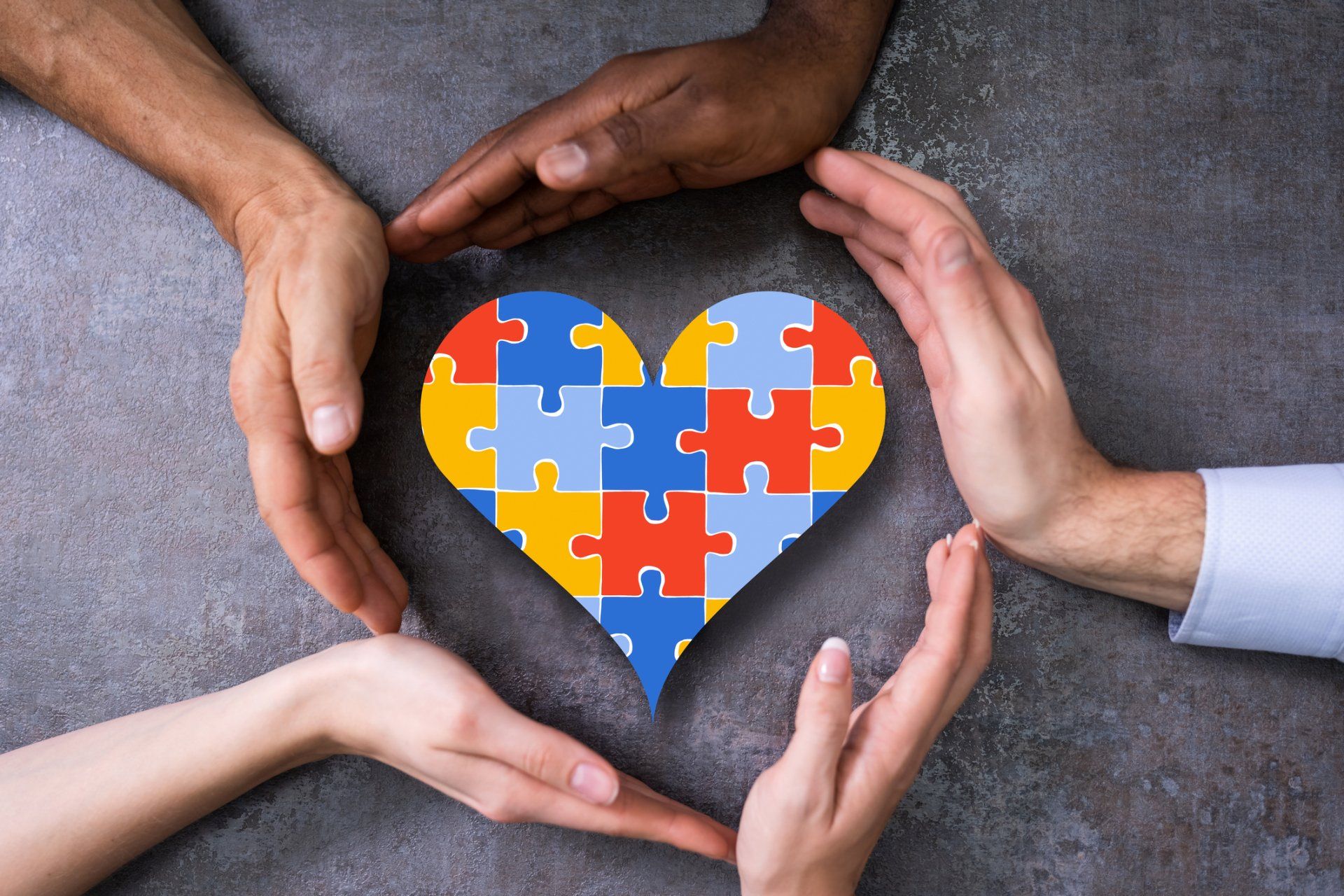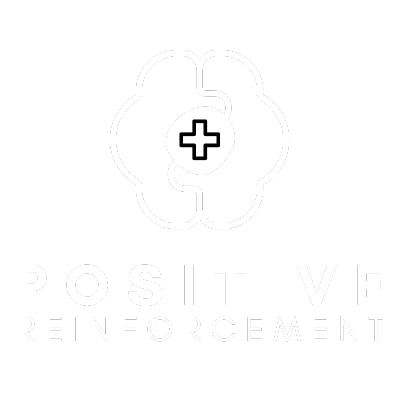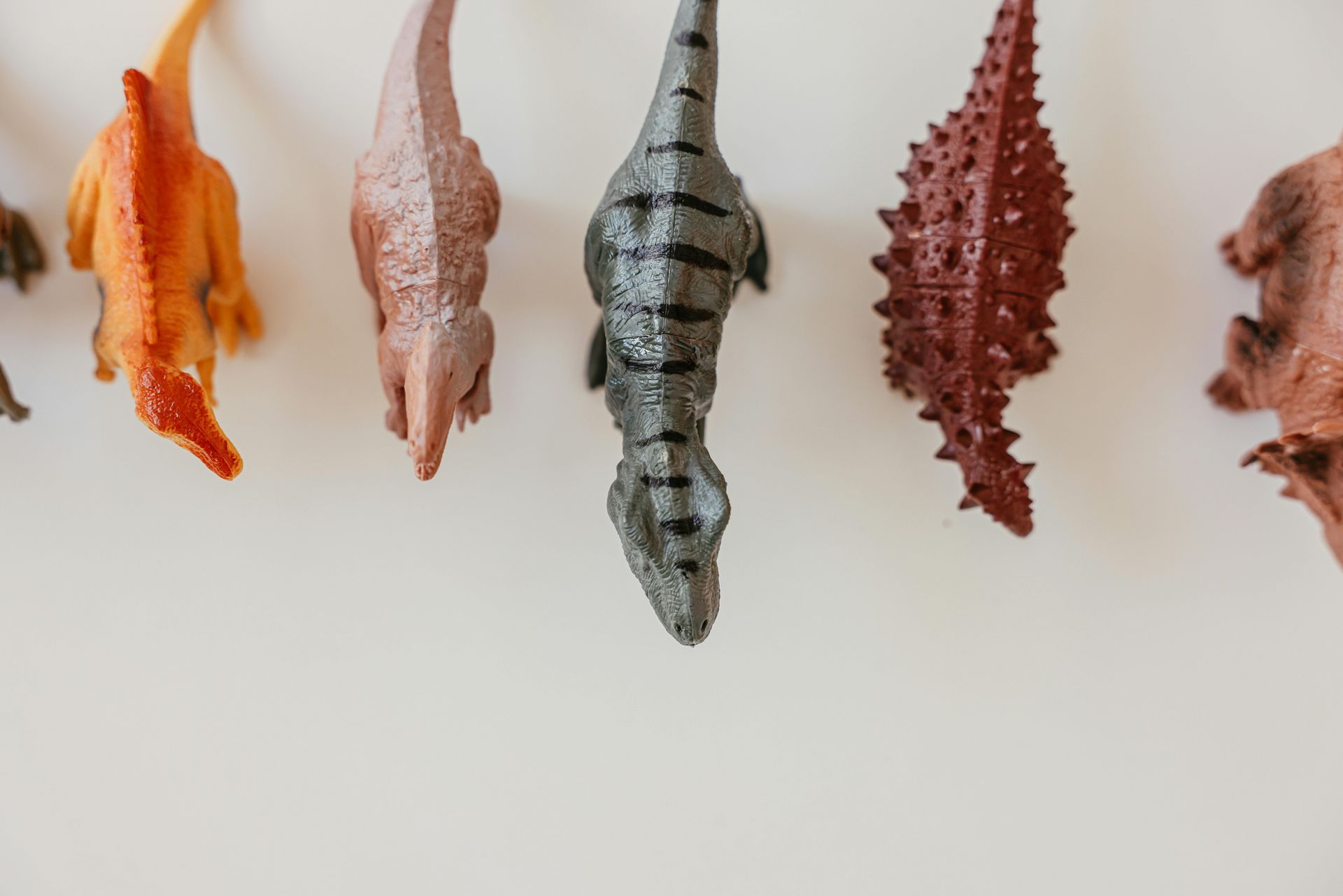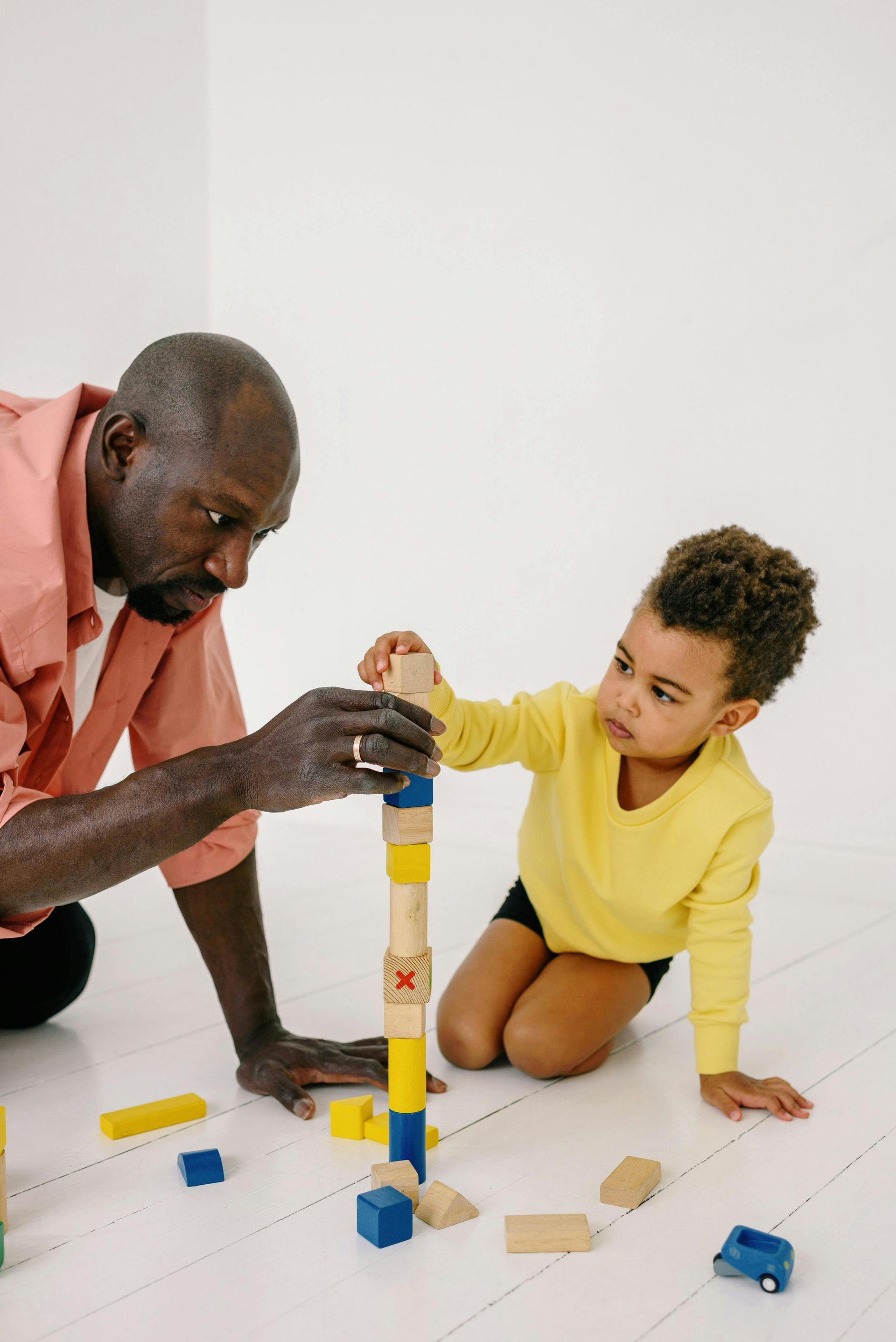Do We Know What Causes Autism?
Do We Know What Causes Autism?

Known factors that contribute to autism include genetics and environmental (or non-genetic) factors. Some are supported by decades of research, and others require more research to be conducted. That said, at this time, researchers estimate that about 80% of autism risk is related to genetics, about 20% is connected to environmental factors, and maternal choices or health of the mother accounts for less than 1% of risk.
Genetics
Scientists do not know the exact genes that contribute to autism, however, we do know for certain that there is a major genetic component in play. Parents who have socialization or communication challenges are far more likely to have a child or children with autism. Having one child with autism greatly increases one’s chances of having another child affected by ASD. Genetics play a huge role in autism. Nevertheless, 80% is not 100%, so some individuals with the genes for autism go on to develop autism and some don’t. There are clearly other factors in play outside of genetics.
Known Environmental Risks
According to experts, there four environmental factors are top contributors to autism risk:
● Maternal age - Young mothers are more likely to give birth to a child with autism.
● Infection during pregnancy - An infection that leads to hospitalization is known to lead to an increased risk of having a child with autism. Even minor infections may play a role.
● Preterm birth, before 26 weeks - Extremely premature babies are more likely to have autism than those born closer to full-term.
● Pregnancies too close together - Experts can’t explain this one precisely, but the data suggests that children born less than 18 months after a sibling are more likely to have autism.
Suspected Environmental Risks
It is certainly possible that other environmental factors contribute to autism risk. Researchers would like to look more closely into factors such as lead, flame retardants, automotive exhaust, insecticides, and hydrocarbons. It is good for pregnant women and young children to have an abundance of caution around these sorts of materials. The jury is still out on whether or not they truly cause autism. One environmental risk suspected by many—but already ruled out by researchers—is vaccines. Years of scientific research support the conclusion that vaccines are safe and are not a risk factor for autism.
Positive Reinforcement not only offers ABA therapy services for North Virginia, West Virginia including cities like Ashburn, Leesburg, Winchester, Richmond, Centerville.










